One of the functions of an air conditioner is that it simultaneously lowers the humidity inside of the house when it is running. But unfortunately as the temperature drops outside so does the performance of the AC as both a cooler and a dehumidifier.
WHEN IS IT TOO COLD TO RUN A AIR CONDITIONER?
Air conditioners and dehumidifiers are not meant to be run when the temperature is below 65° for any extended time.
There are two reasons for this.
1. Freezing up
2. Oil is to Thick
1. Freezing up
When the air outside is too cold, the warm air that would normally turn into condensation as it crosses over the cooling coils is too cool already and instead of forming condensation it turns to ice.
2. 2. Oil is to Thick
AC Compressors are made to work in warm weather which means that they require a thicker grade of oil. This is because when the temperature is warm, it thins down the oil to a good operating thickness. But when the temperature outside is not warm enough to thin the oil, it remains thick and does not supply the level of lubrication needed without causing a risk of damaging the air conditioning compressor.
On the occasion you need to turn on the air conditioner in the winter for a few minutes, the risk of damaging it is minimal. But turning on the air conditioner and leaving it to cycle on and off is asking for problems.
If you have excessive moisture caused from a leak or flooding and need more than just a fan or a heater to help dry up the air in the winter months, dehumidifiers can be purchased that can be operated at much lower temperatures.
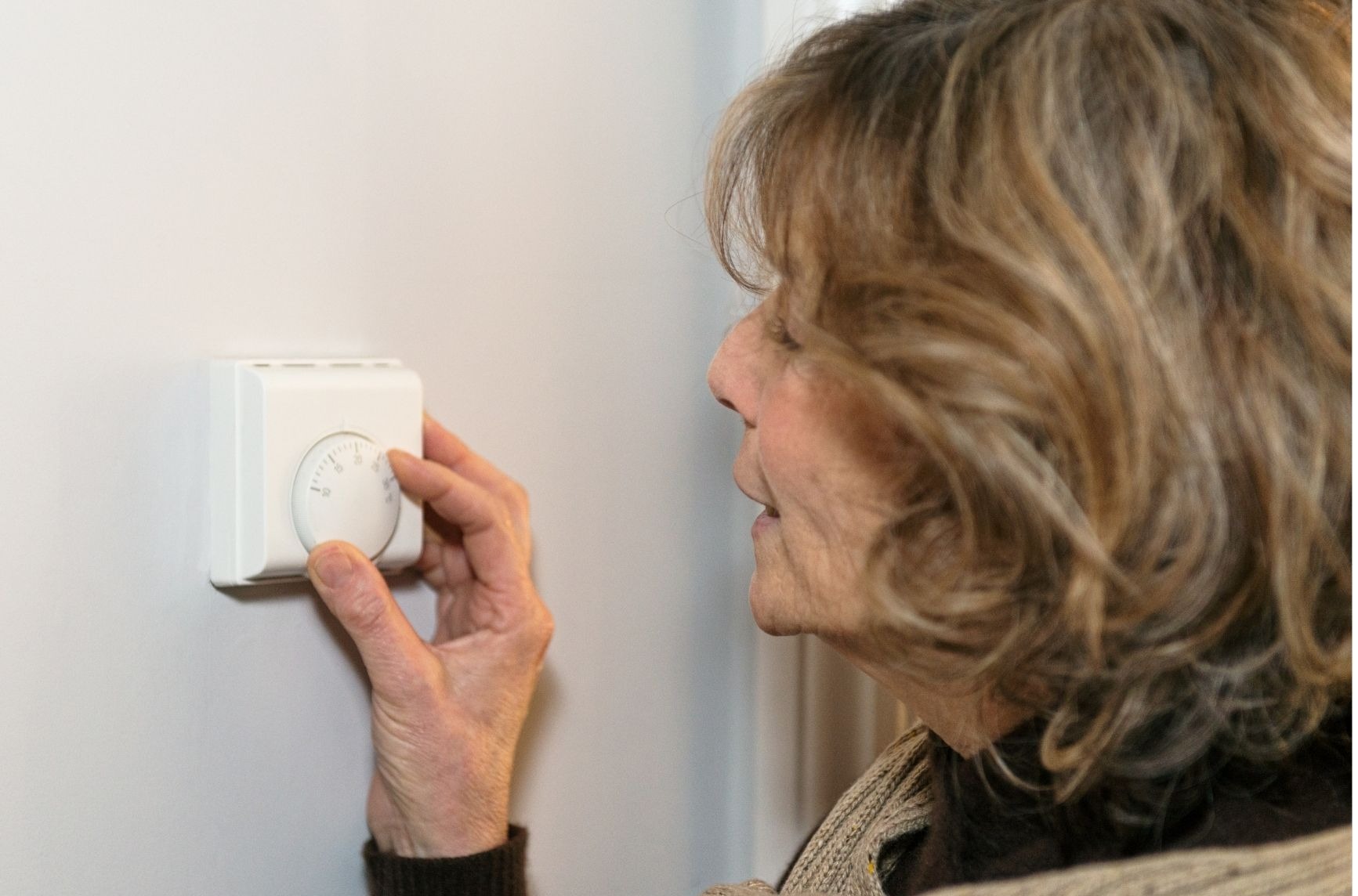 These dehumidifiers come in two different types.
These dehumidifiers come in two different types.
1. Dehumidifier with defrost
2. Desiccant dehumidifier
1.Dehumidifier with Defrost
A Dehumidifier with defrost mode is exactly what it sounds like.
Since the standard dehumidifier runs exactly like a refrigerated air conditioning unit which pulls warm air over the AC coils and condenses it into a bucket or outside by the means of a garden hose.
Freezing over when the temperature is too low is a problem.
What’s the solution? Adding a defroster to the unit that cycles on and off keeping the cooling coils from freezing over.
These dehumidifiers are made with areas like a cold damp basement in mind.
2. Desiccant dehumidifier
Desiccant dehumidifiers work by the means of a chemical adsorber which is called a desiccant.
A desiccant can be as simple as a product cold “damprid” which is a product that comes in a small container that is opened and left to absorb moisture in a small area.
A desiccant dehumidifier is a little more complicated than that. The desiccant in a dehumidifier is not only used as an absorber it is also heated up to release humidity also.
A two-part process where humid air is pulled into the dehumidifier and absorbed, reheated into humidity form again and then caught in a tank as condensation.
Desiccant dehumidifiers do not have the capacity to pull large amounts of moisture out of the air like the regular refrigerated condensing units do.
In fact they have been described as a way to keep dry air dry.
This is probably a good point to tell you that the chemical that they use to adsorb air is the same chemical in gel packs and does have an odor.
Nevertheless there are some applications like condensation in the bathroom where a desiccant dehumidifier maybe preferred because it does not rely on a loud compressor running to do the job.
A desiccant dehumidifier can also be a good alternative and a damp basement is long as it is not excessively damp.
Again, running a compressor base dehumidifier can be pretty loud, definitely loud enough to interfere with the TV or sound and video recording.
But a desiccant dehumidifier is definitely not useful in a remedial flood damage type situation.
Recap
When is it too cold to run an air conditioner?
65°
When the temperature outside gets to about 65°, the air passing over the cooling coils on an air conditioner has a tendency to start freezing up. At that point not only will you not have AC, you do not have any of the dehumidifying properties of an AC either.
Another problem with running the AC in the winter is that the oil that is used in the AC compressor is a summer specific thicker grade that thins in warmer weather.
When the temperature outside is not warm enough, the oil does not thin out properly leaving the compressor to work without the proper lubrication which could mean eventual damage to your unit.
Are you going to turn your AC on and winter and have a complete breakdown? Probably not.
There are times when you you may need to turn on the air conditioner in the winter for a few minutes to make sure it works, in that kind of circumstances you should be fine.
If you are using your AC to dehumidify, the same problems exist.
High humidity usually comes with high heat so once the Heat has tapered off, the humidity tapers off too.
If you are having a problem with humidity inside of your house in the cool months, there may be moisture getting into the house through other means.
Dehumidifiers that work in cooler temperatures can be purchased.
For excessive humidity in the winter, dehumidifiers with defrosters and defrost mode are available to help pull the large amount of humidity from your air.
If humidity in the winter is only a casual problem whereas the windows are getting condensation or you have an art room that is too damp for your paint to dry, you might go with a desiccant dehumidifier instead.
Desiccant dehumidifiers use a chemical absorber that pulls a much lower level of humidity out of the air is much quieter than the typical dehumidifier.
and if you are going to use one in a small area like a arts and craft room, beware that the chemical used in these dehumidifiers does have a small odor.



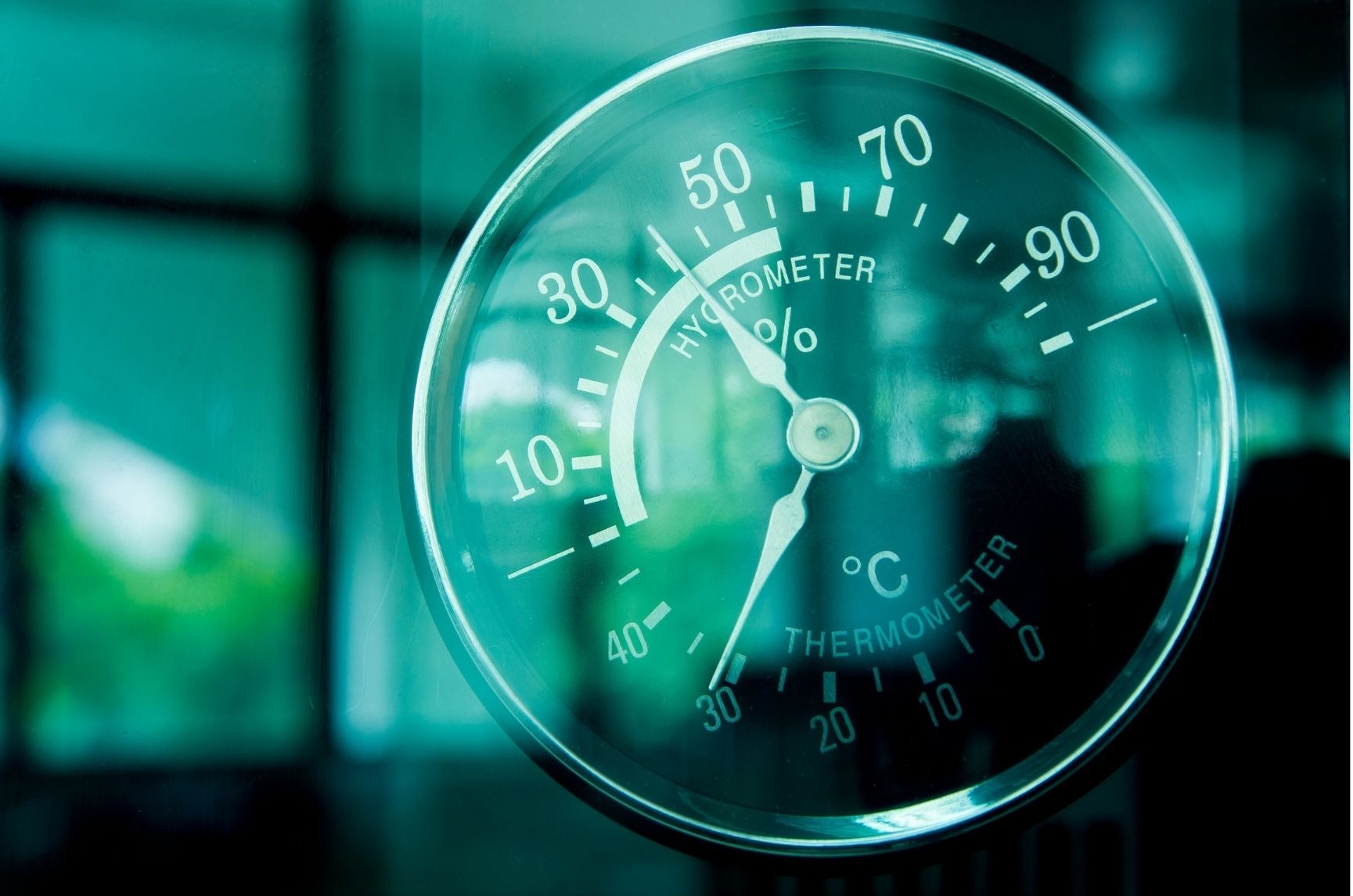 2. Air conditioning
2. Air conditioning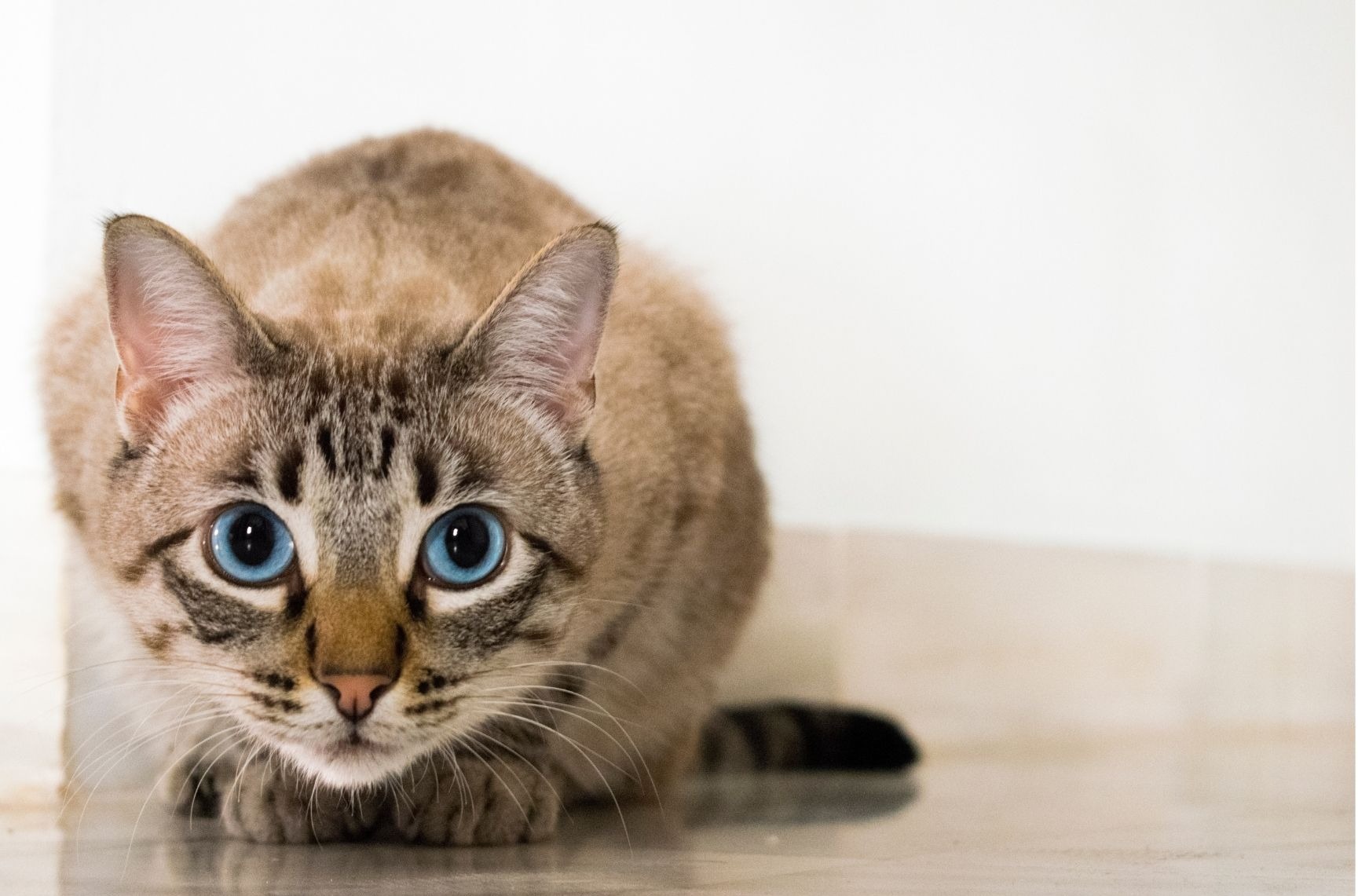 Recap
Recap
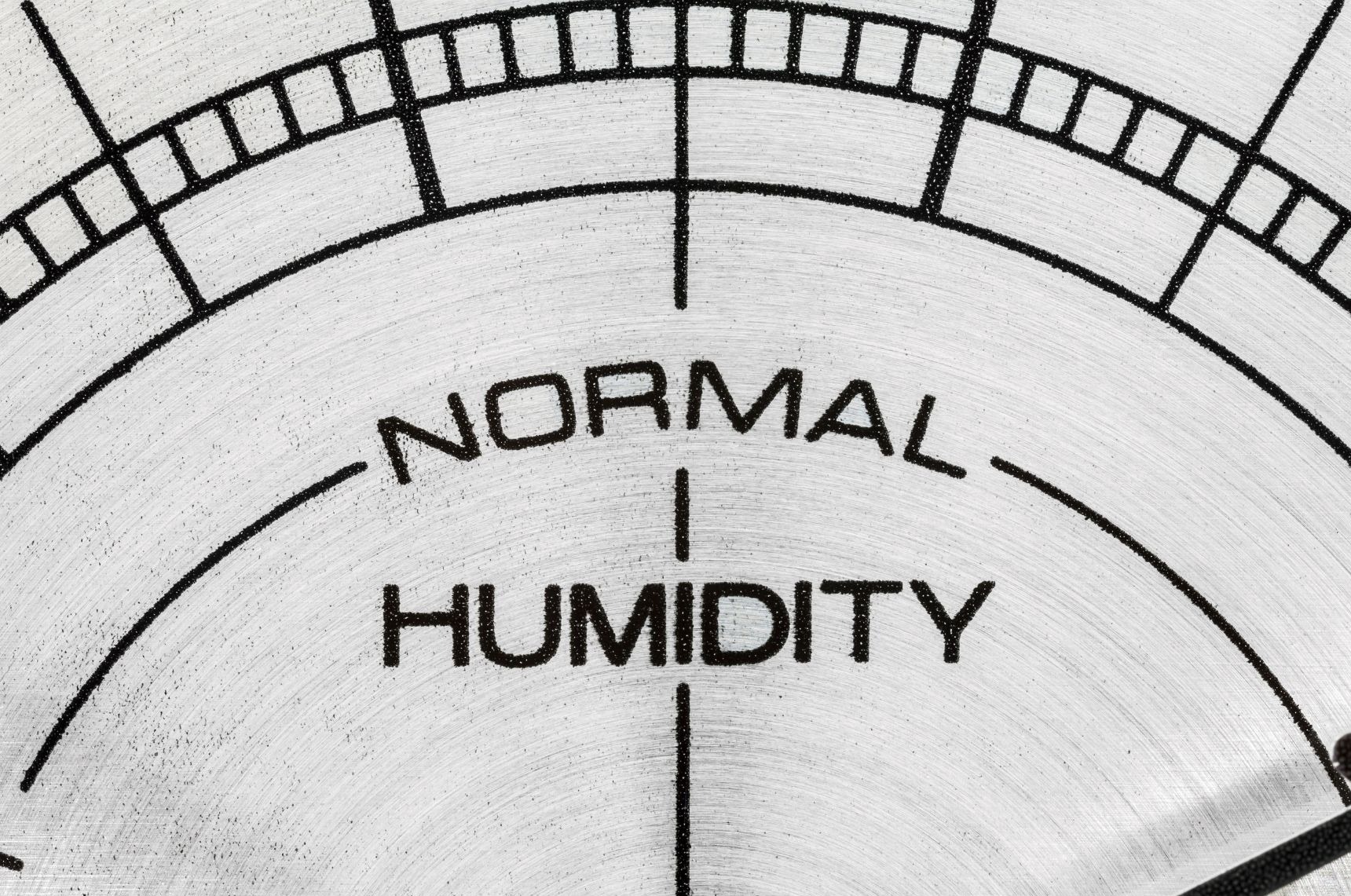 should you run a dehumidifier and an air conditioner at the same time?
should you run a dehumidifier and an air conditioner at the same time? Recap
Recap
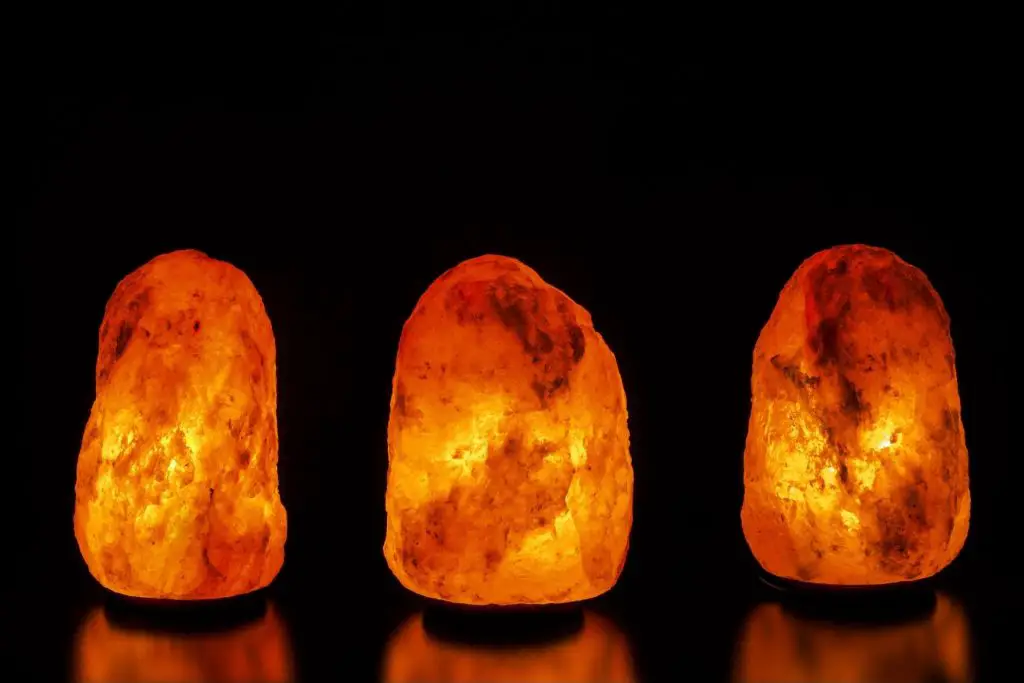 One of the biggest claims about Himalayan salt lamps is that they create negative ions.
One of the biggest claims about Himalayan salt lamps is that they create negative ions.

 Here is a few tips
Here is a few tips Humidifier or dehumidifier for snoring
Humidifier or dehumidifier for snoring
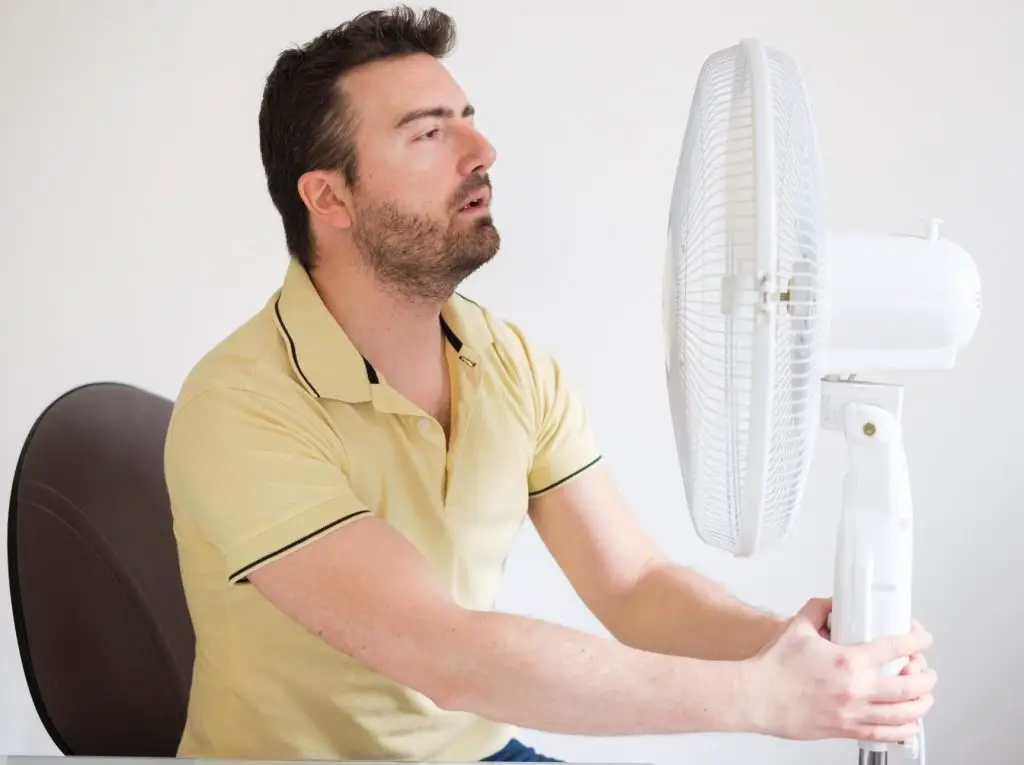 When the Attic is the source of the
When the Attic is the source of the 
 Air conditioner as a dehumidifier
Air conditioner as a dehumidifier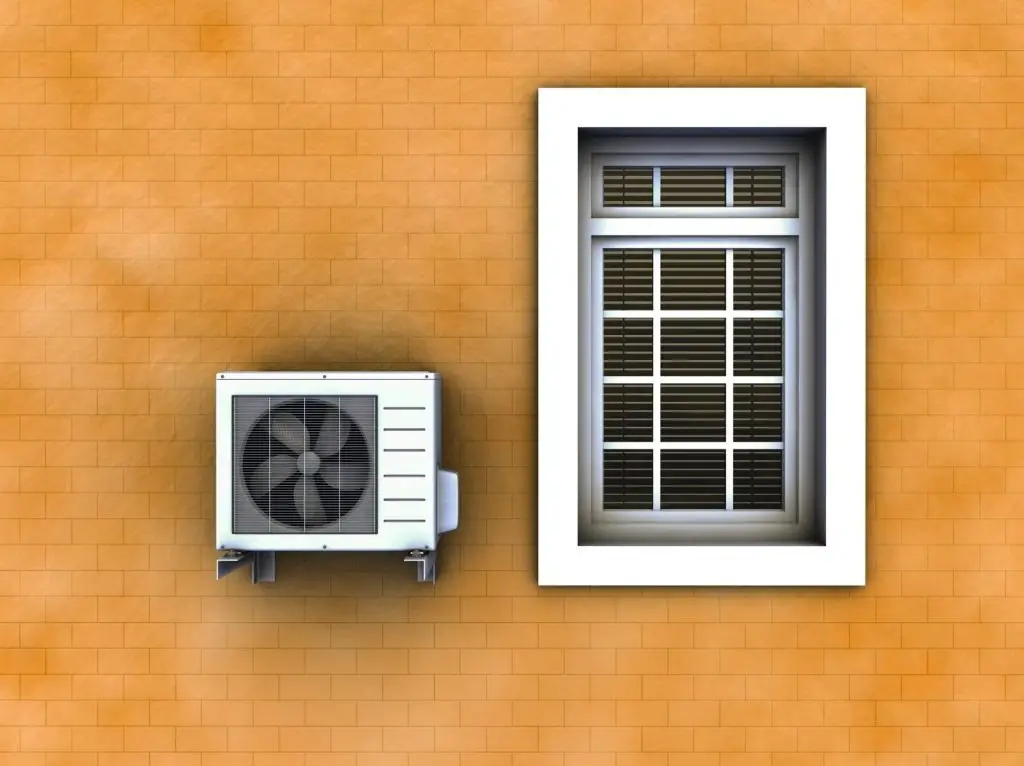 Recap
Recap
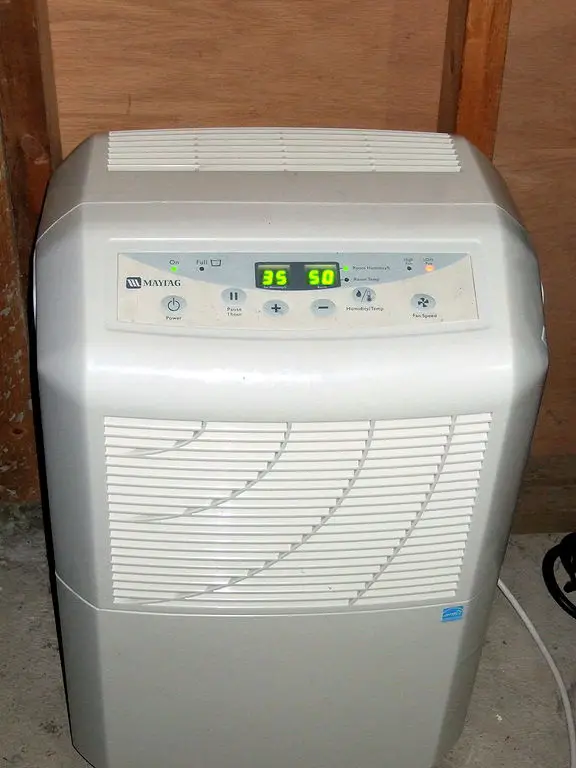 5. Bulky and unattractive
5. Bulky and unattractive Final thoughts
Final thoughts
 3. Reduce insects
3. Reduce insects Final thoughts
Final thoughts
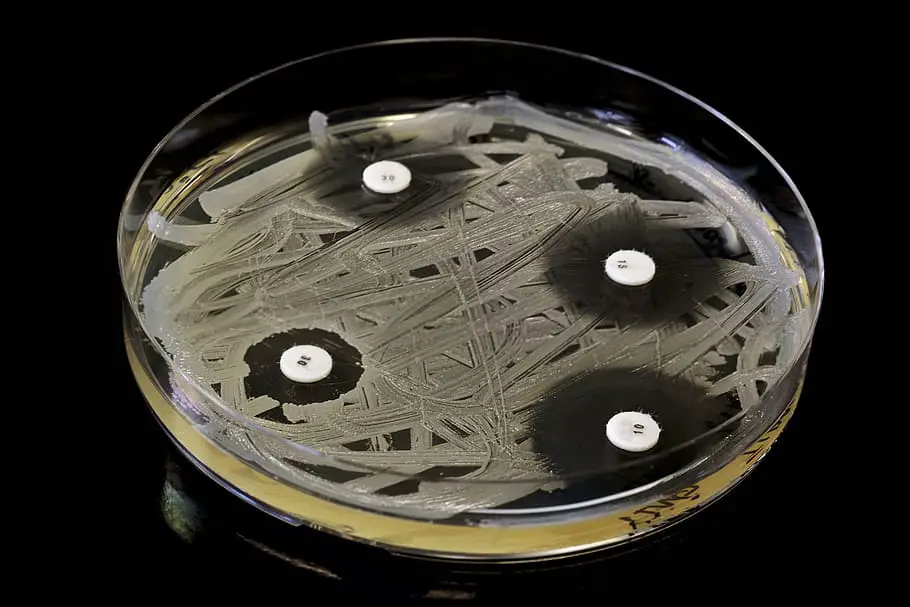 But…
But…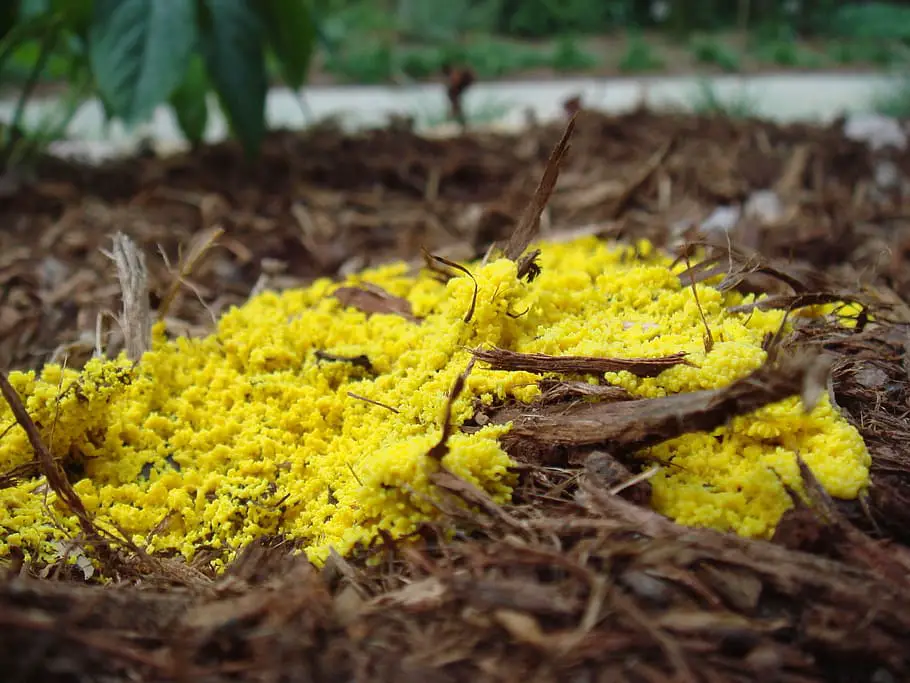 Conclusion
Conclusion